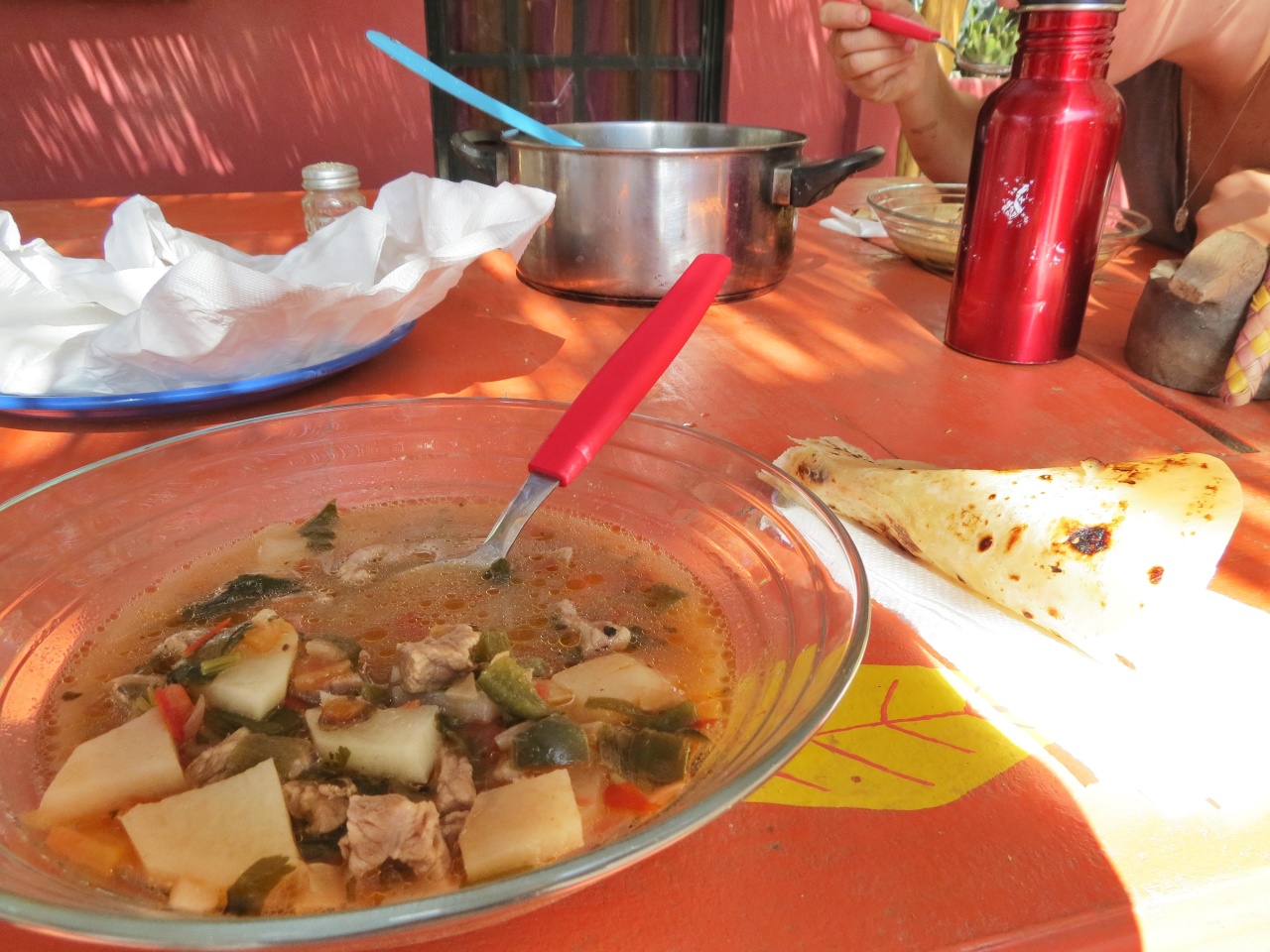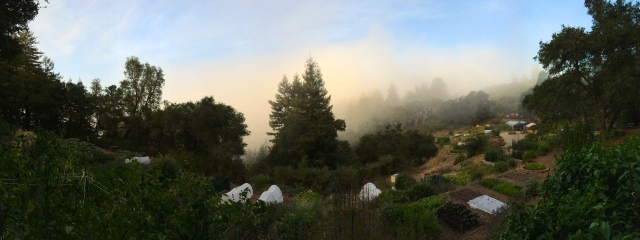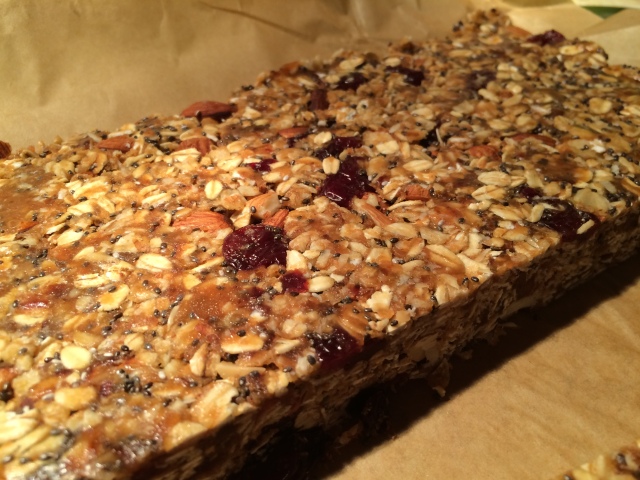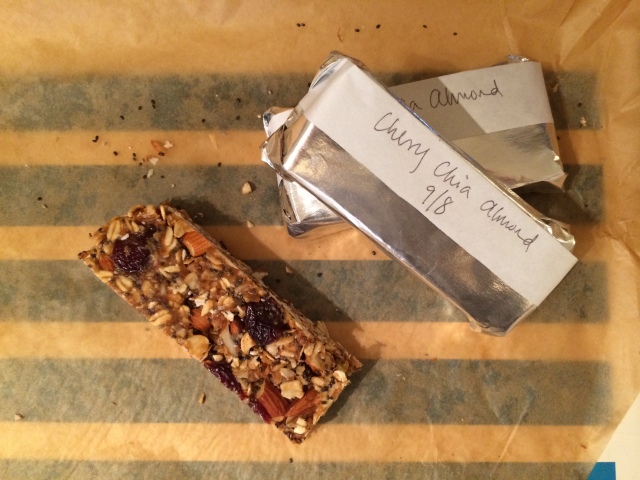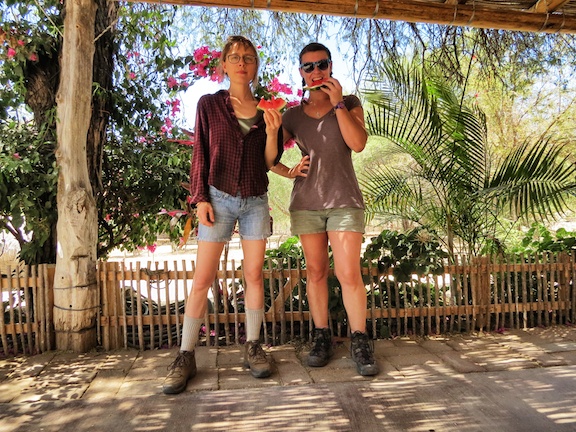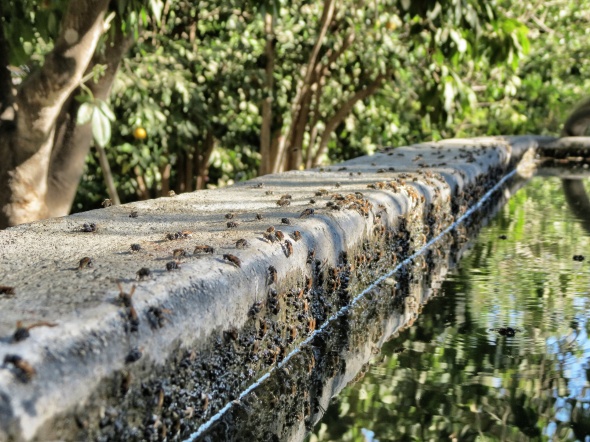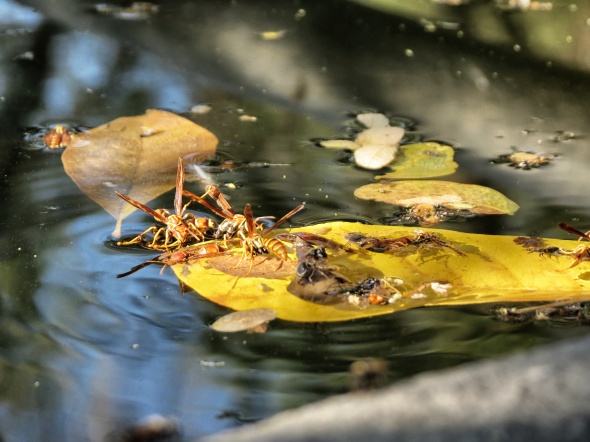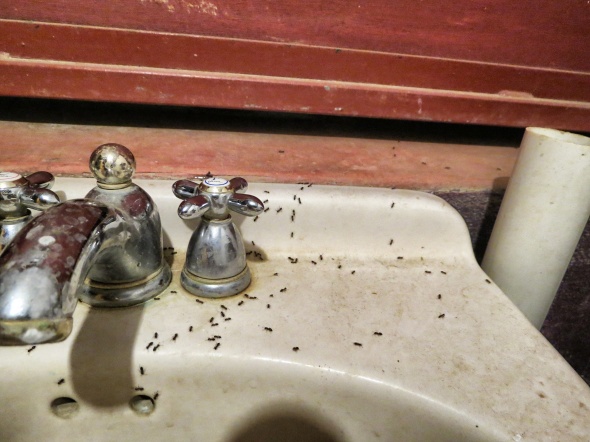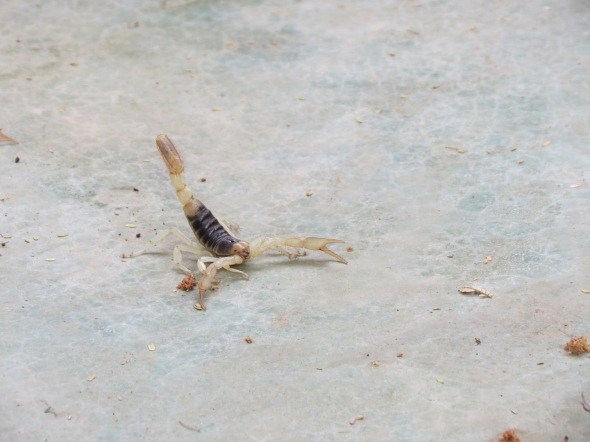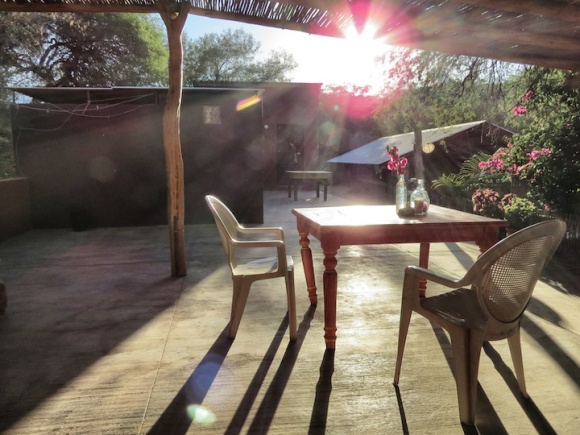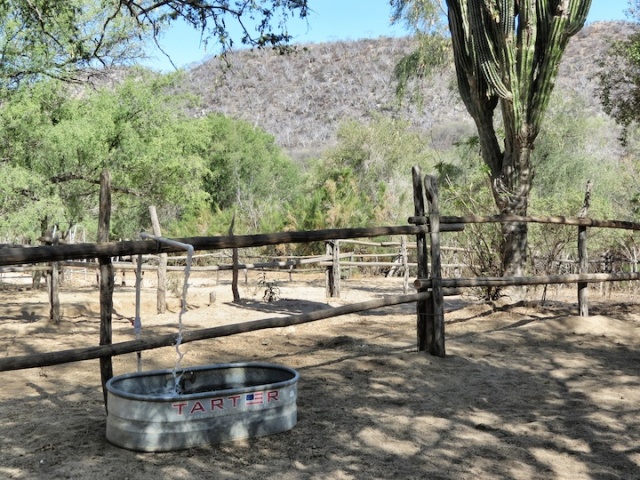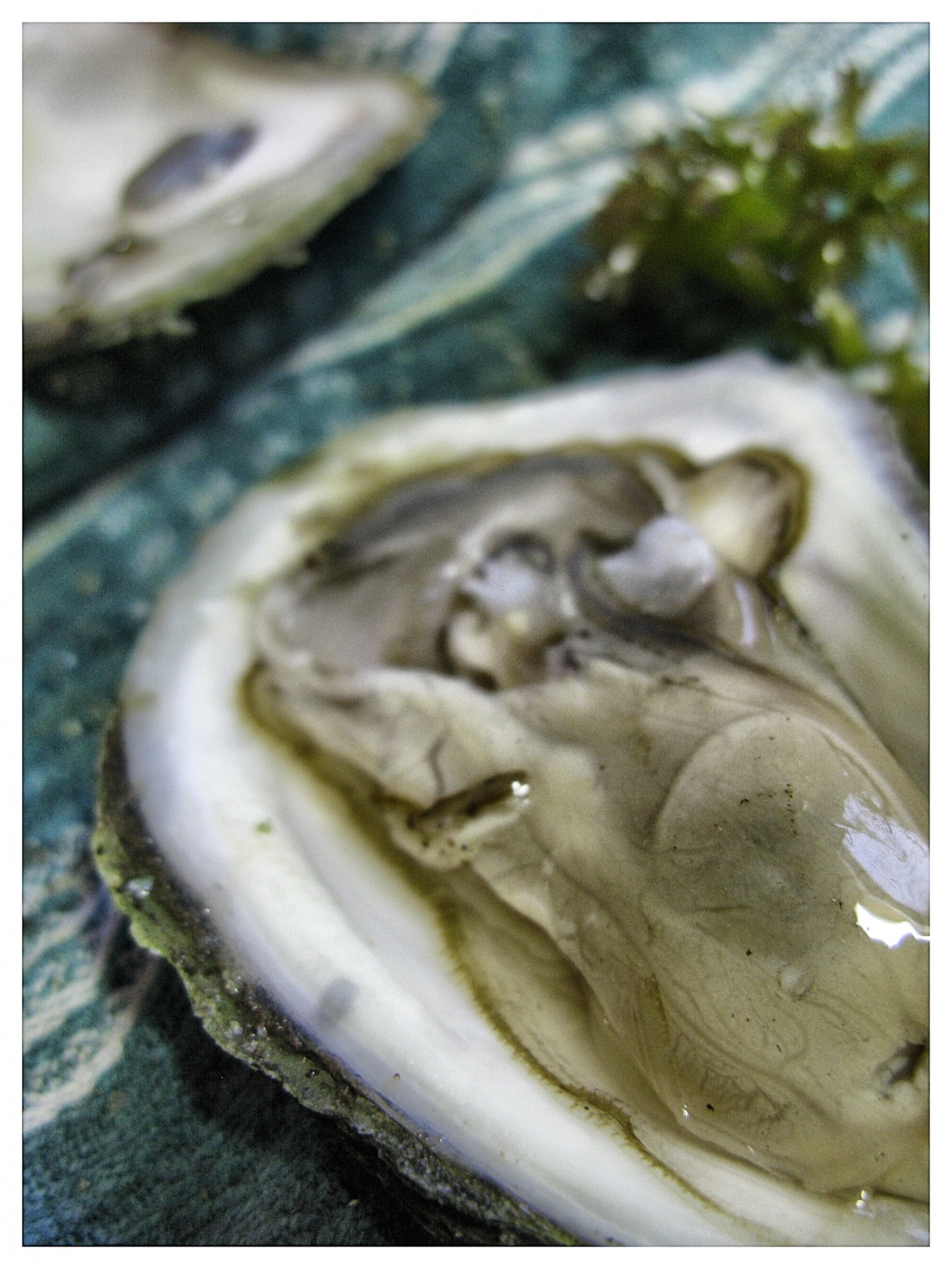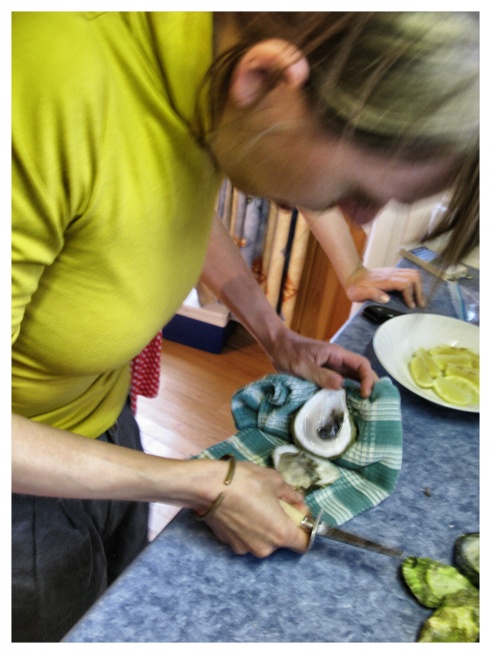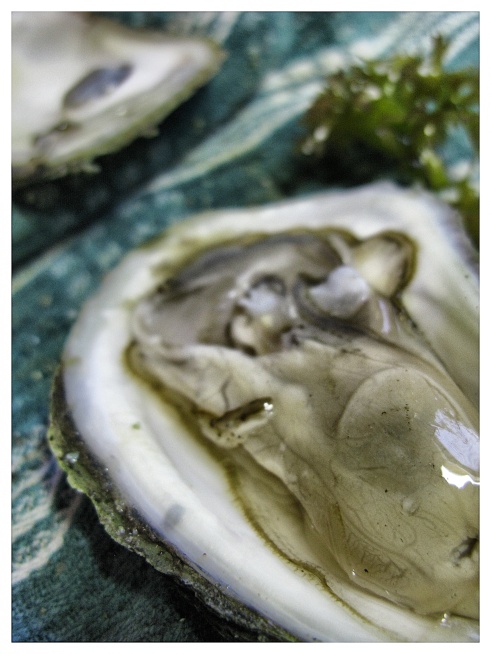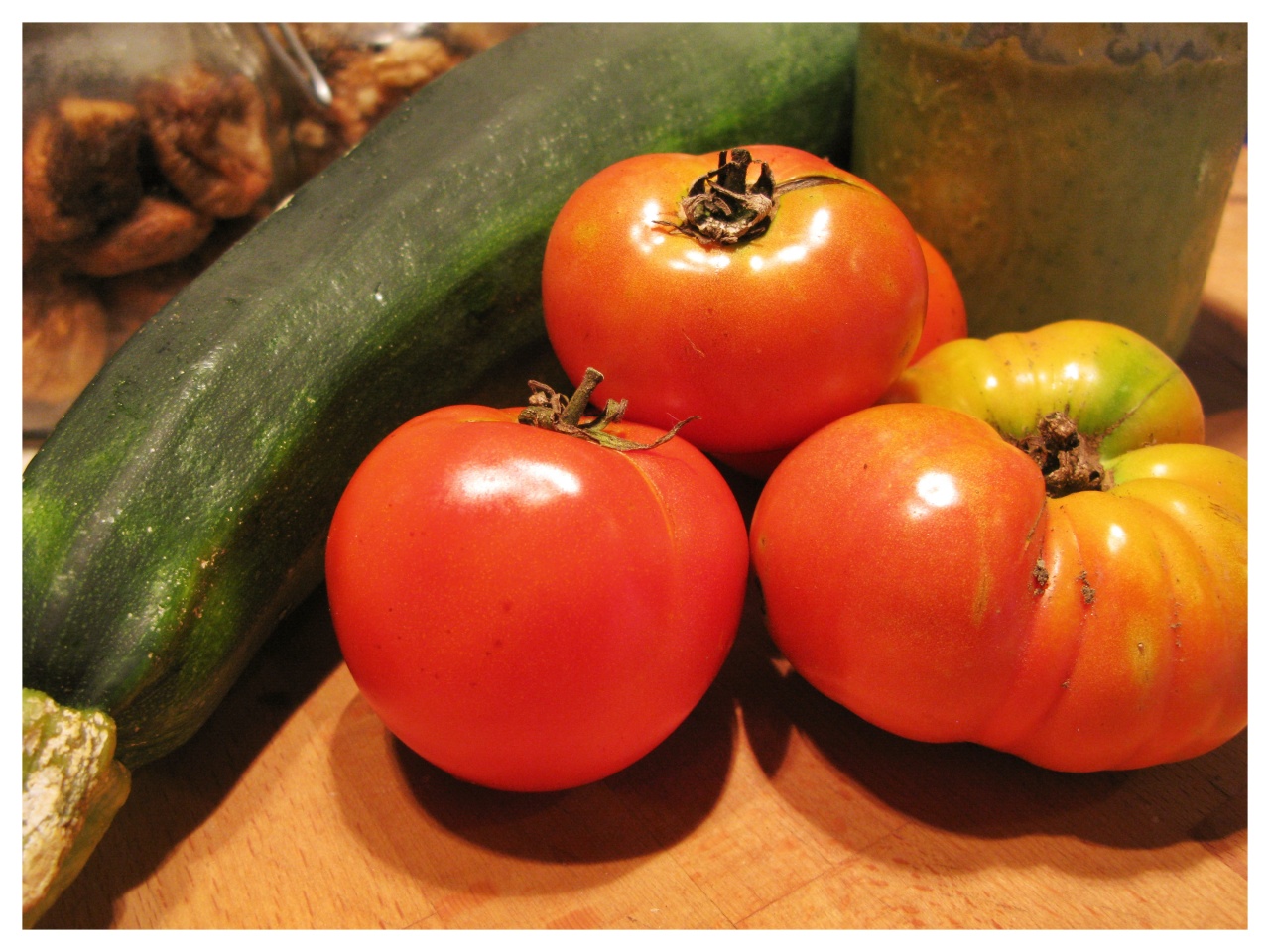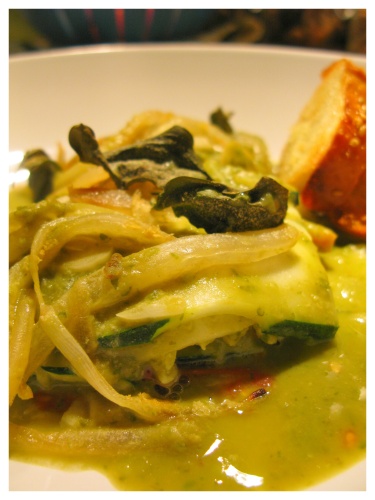As a long time fan of both a) learning and b) free things, the relatively recent surge in available MOOCs (Massive Open Online Courses) has me enraptured. Thanks to Coursera and EdX, as well as the many institutions they partner with, I’m on my eighth free, online course. While many study at their own pace, I tend towards the deadline-driven approach, keeping up with course material as it’s posted each week and trying my best to complete the occasionally rigorous, occasionally token assignments. The courses, while not worth any so-called credit, are my way of preventing a lapse in productivity and abundance of unallocated free time, which my anal retentive nature prefers to avoid at all costs (read: my sanity).
Whether or not the unnecessary rigidity is healthy or not, I’m certainly learning a lot of really fascinating things. I’m currently deep in focus on international development, exploring topics in subsistence marketplaces, forest livelihoods, and sustainable agriculture. One class has been providing a particularly rich experience through short videos of and interviews with people living in both rural and urban subsistence, with a focus on India.
As a relatively rich westerner with little exposure to poverty in day to day life, it can be hard to grasp what a simple, average life would look like isolated from the abundant, unappreciated wealth of the first world. Movies, television, and your average travel experience may offer glimpses of this reality, but generally fail to depict the mundane aspects of life that inform the human experience. Call me an anthropologist (which actually, I am), but to me the mundane holds the most meaning, value, and insight. Which is why I’m so excited that these straightforward videos answer simple questions like, “Where do you sleep?,” “Do you buy soap?,” “How do your children get to school?,” “When do you eat dinner,” and so on, providing an incredibly rich window into the daily life of billions.

Why do I mention it?
Well, it just keeps making me think back to this past spring and the magical month I spent working on a small, off-the-grid ranch in Mexico, Rancho La Venta. The ranch was staffed by a small crew: the owners (a hard-working, dedicated ex-pat couple), one or two temporary helpers, and Ramiro, a Baja native and long-time ranch hand.
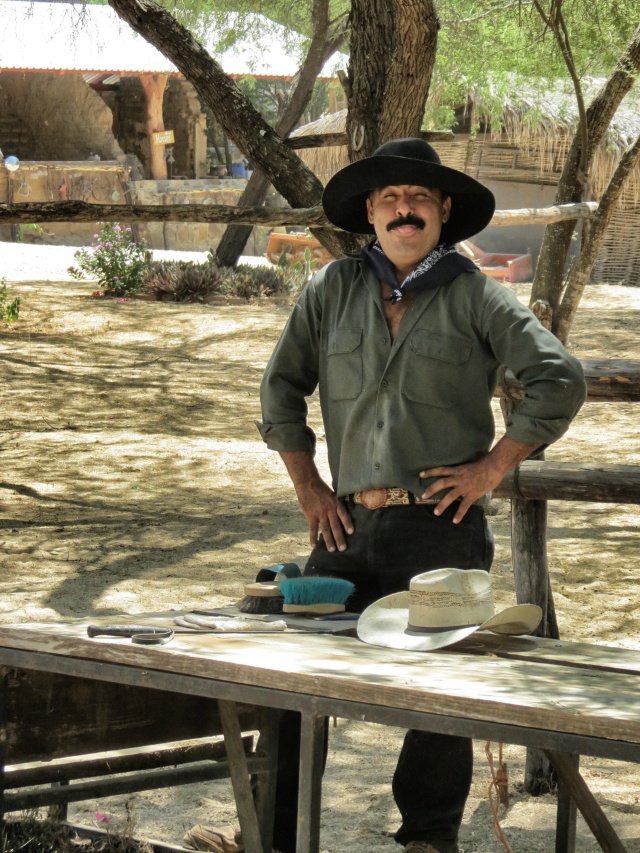
And that’s why I mention it.
Largely isolated on the ranch, Ramiro was my window into life in La Sierra de la Laguna. His English was limited to a handful of words. My Spanish, a cruel amalgamation of Italian and Spanish unintelligible to either speaker, was a mess. But we worked with each other every day, and soon enough we were bantering – albeit disjointedly – comfortably enough that I became translator between him and my hopelessly Spanish-less (but expertly Australian) roommate.
Over the course of the month I got to know, piece by piece, a bit of his story. But the funny thing is that the most powerful exchange we had was not with words or pictures or even a shared wheelbarrow full of horse manure. It was a meal.
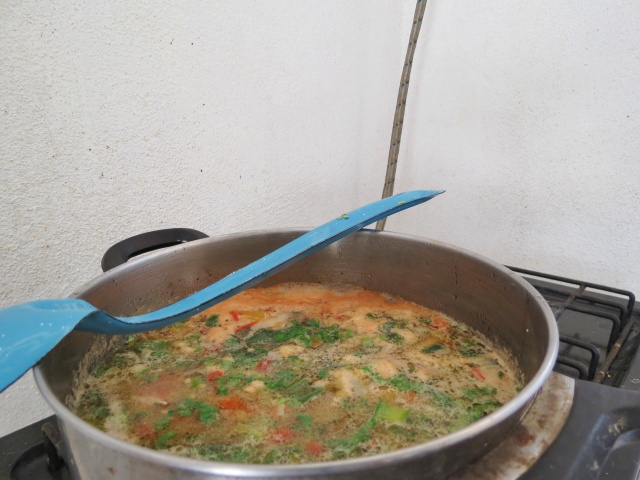
Ramiro was – by his own reckoning – the best cook in his family. He was the requested chef for family events of all sizes, and never failed to bring a homemade lunch – albeit always the same one – to work. He had long promised to demonstrate his culinary prowess and one day finally showed up with a package of beef, a stack of handmade tortillas, and a fixin’ on makin’ good.
I watched him in action. Stern as a soap opera surgeon he requested: “Tomate.” “Patata.” “Poblano.” When what we had didn’t align with expectations, he made it work. To offers of assistance he merely raised a hand in silent dismissal. Taking a break only to march into the garden for a handful of scallions, Ramiro put on a nonstop show worthy of the finest in culinary entertainment. Finally, he turned and declared, “Finito.”
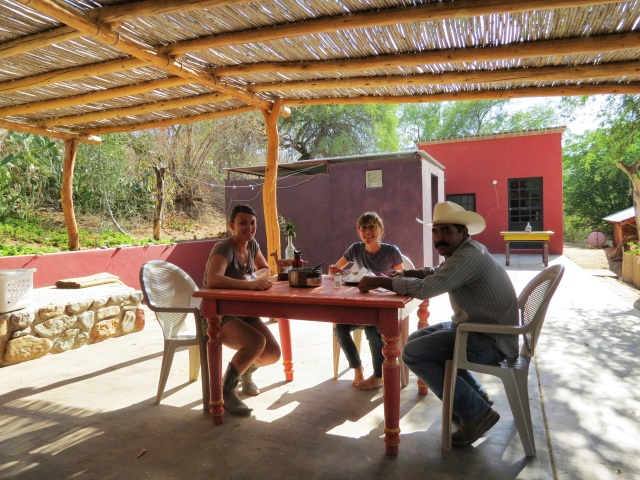
Somehow that handful of incredibly simple – yes even boring – ingredients came together to make something not necessarily grander, but a whole lot more flavorful, than the sum of its parts. Hearty, yet somehow perfect even after a 95 degree day, this water-based stew had taken on new life in the 10 minutes it simmered together. Perhaps it was the beef, which likely came from a cow down the road, or the lovingly flowered cherry tomatoes, or the brave scallions just picked from our desert garden. I don’t know. However it happened, it did, and it will forever serve in my memory as a reminder that just because you have more shit doesn’t mean it smells any better. Not sure why it had to be a poop related adage, but there it is.
So if you use Ramiro’s lovely, simple, rustic, ranch stew as inspiration for your next meal, I hope you remember to keep it simple, and perhaps give a nod to others in the world making amazing things with what some might see as nothing.
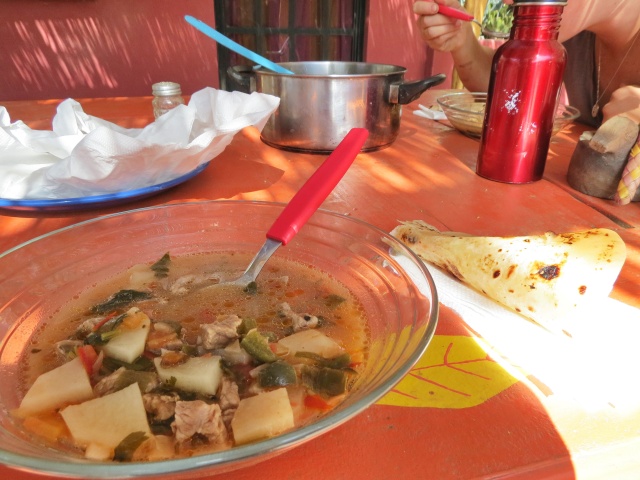
Ramiro's Beef Stew
Ramiro used what we happened to have in our sparse pantry for this spur of the moment stew. I have listed those ingredients as best I can here, but in no way mean for them to be rigid instructions. You can adapt this very forgiving, incredibly simple recipe to your pantry as well, using whatever you happen to have, in almost whatever quantity.
Ingredients
- Oil
- Garlic, a few cloves, minced
- Poblano, one or two, large diced
- Scallion, two or three, chopped
- Potato, a handful of small white potatoes, peeled and cut into chunks
- Cherry tomatoes, a handful, with two incisions made in the shape of a cross on one end so each tomato sort of opens up like a flower (this was Ramiro’s real showstopper move)
- 7 oz. can of Herdez salsa casera
- A few thin slices of beef, cut into bite-sizes pieces
- Oregano
- Black pepper
- Handmade corn tortillas
Directions
- Add a swirl of cooking oil to a large pot over medium/high heat (we couldn’t really control the burner anyways). Then add the garlic, poblano, scallions, and chopped potatoes. Stir.
- Add the cherry tomatoes and can of salsa. Stir.
- Add the beef, and a generous pinch of oregano and black pepper. Cook until the beef is no longer pink.
- Add water. Maybe 1-2 quarts. Basically until it looks on the slightly watery side of “stewy.”
- Cook until the potatoes are tender.
- Eat with handmade corn tortillas.
Plug: If you’re ever in Baja Sur make sure to check out my friends at Rancho La Venta for a horseback ride through the beautiful mountains and a glass of mango wine! Maybe if you’re lucky you’ll get a handshake from Ramiro too!
